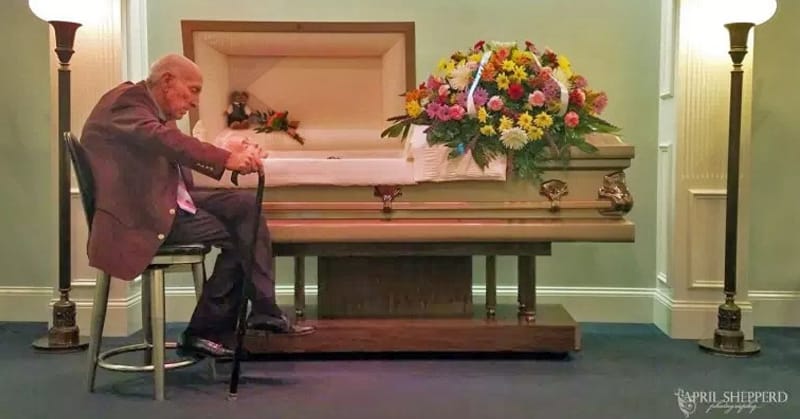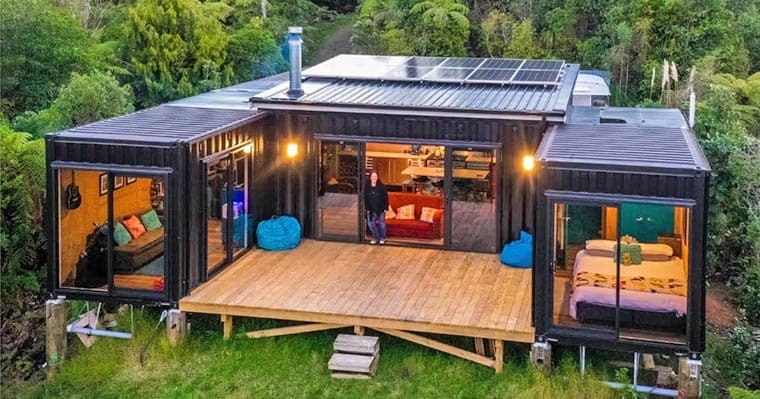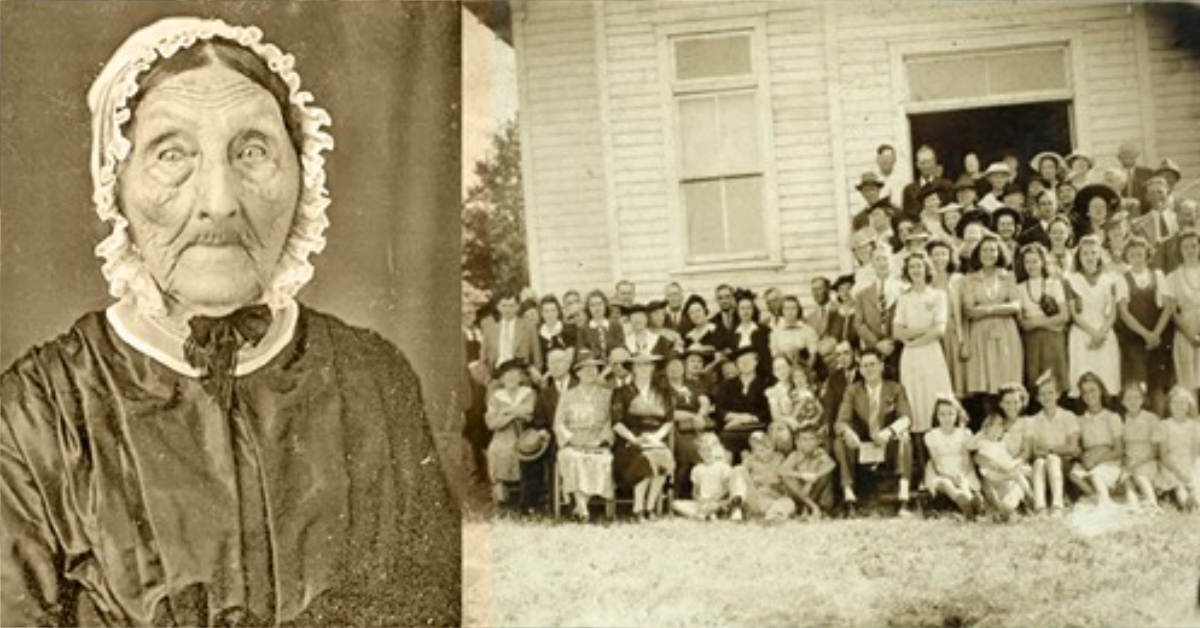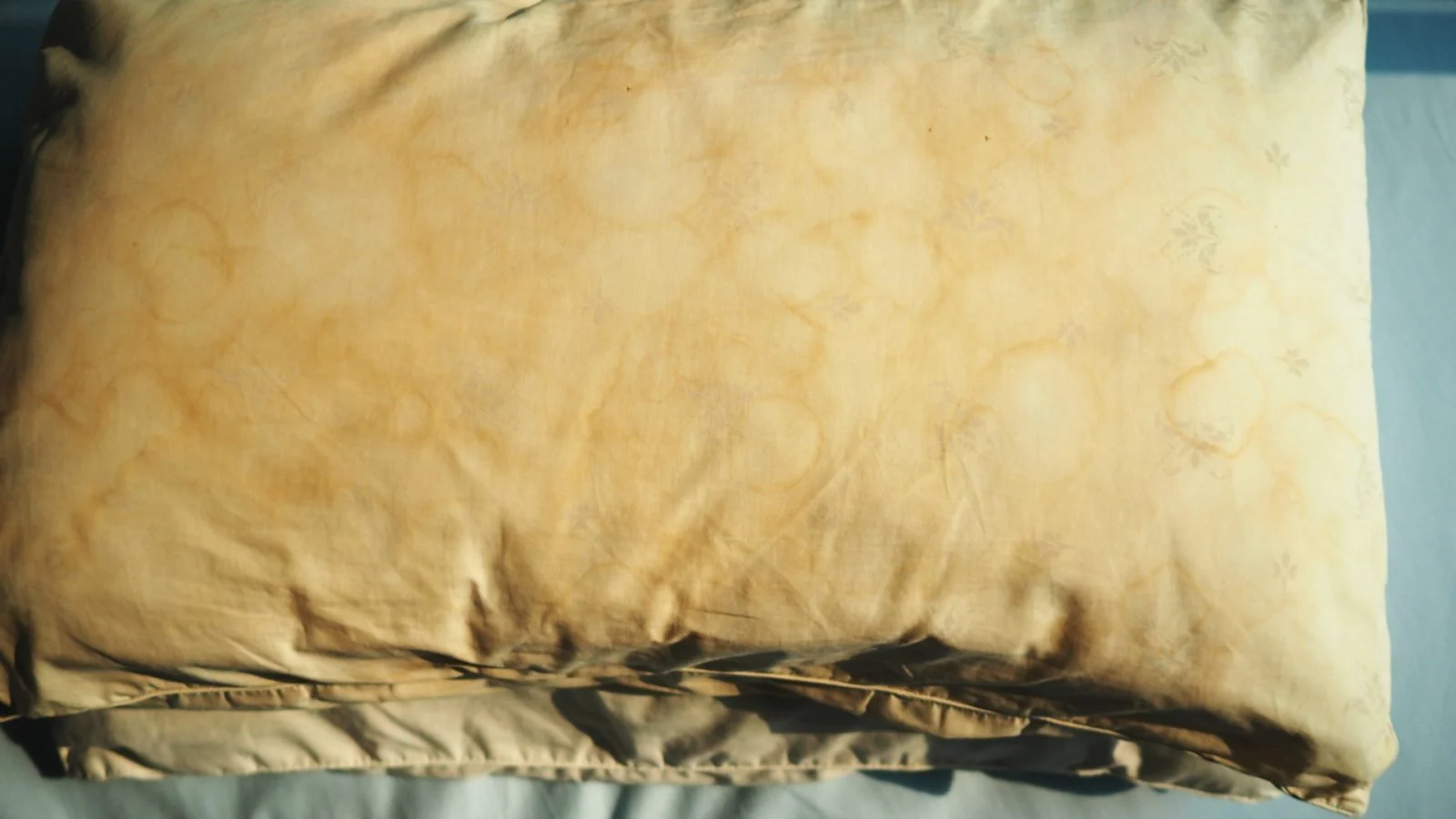When the lane you’re driving in ends, the discussion as to how to merge into flowing traffic is a heated one. Do you stay in the closing lane until the very end, then merge into the open lane? Or do you try to get out of the closing lane as quickly as possible?
It’s like deciding whether to put cream on a bagel before jam or the other way around. According to the law, we must blend together in order, also known as zip merging. However, just around a quarter of drivers (27%) are completely unaware that this is the standard process.
How does it usually happen?
You’re driving down a two-lane highway or on a road when you notice signs indicating that the lane is ending. According to a Halfords poll, seven out of ten people feel that we should get into the lane that is remaining open as soon as possible. Hundreds of meter of perfectly useable roadway can be left vacant as a result of this. Furthermore, 3% of drivers believe it is acceptable to spread their automobile across two lanes in order to prevent others from taking the empty lane. Nearly three-quarters of all drivers (73%) are incorrect.
What’s The Law State?
Rule 134 of our road legislation states: “You should follow the signs and road markings and get into the lane as directed. In congested road conditions do not change lanes unnecessarily. Merging in turn is recommended but only if safe and appropriate when vehicles are travelling at a very low speed, e.g: when approaching road works or a road traffic incident. It is not recommended at high speed.”
So what does is mean?
If you’re in a lane that’s about to close, remain put. Drive in it for as long as you can, then turn on your blinker and join with the traffic in the open lane when it’s safe to do so. Each motorist in the open lane should, ideally, let one driver from the closing lane to enter.
Science Behind it
Ken Johnson, a traffic engineer from Minnesota, has studied the benefits and drawbacks of zip merging. He noticed three key advantages:
- The speed disparity between lanes is lessened when there are two complete lanes of traffic. Making the transition from closed to open lanes both easier and safer when all traffic is moving at about the same pace.
- The length of the wait is cut in half since every accessible point of the road is being utilized (40% is common, according to Johnson.)
- Everyone is at a disadvantaged since both lanes are moving slowly and at identical rates. Drivers may not be pleased that they are stuck in traffic, but they can see that they are not alone. What’s the end result? They are less enraged by other drivers, which reduces the amount of road rage incidents.
It’s not the most ideal circumstance, but it makes the most of a poor situation, and most importantly, those entering from the closed lane aren’t causing delays in the open lane or taking any hidden benefits. Ken Johnson clarifies: “Our analysis has shown that the zipper system has no effect on travel time. And it produces a much safer merge situation, making the length of the overall queue much shorter.”
There you have it: zip merging doesn’t harm anyone. As Candace Gerlach claims: “We are saying: ‘come on guys, let’s start a movement’. We want to try to change people’s behaviour to embrace zip merging rather than frown upon it.”









